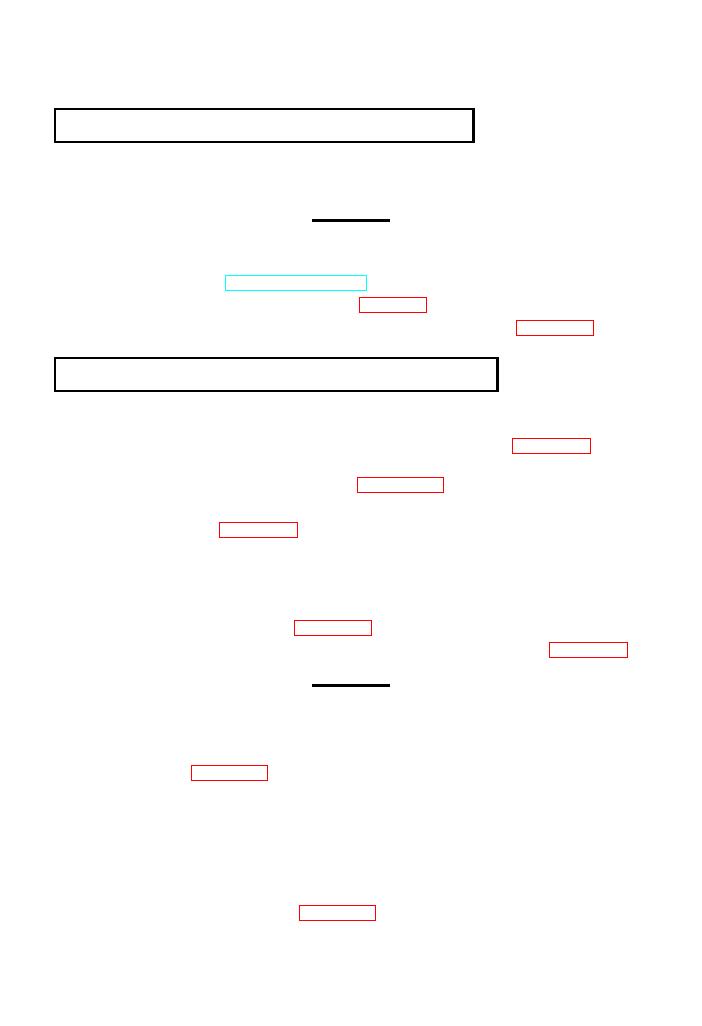 |
|||
|
|
|||
|
Page Title:
OPERATION IN DUSTY OR SANDY AREAS |
|
||
| ||||||||||
|
|
 TM 9-2320-386-10
2-34. OPERATION IN EXTREME HEAT (Contd)
(1) At end of daily operation, use low air pressure to remove all sand from
vehicle engine compartment, and areas around brakes, drums, and spring seats.
CAUTION
Do not allow dust or sand to enter fuel tank when filling. Doing
this may result in damage to fuel system.
(2) Fill fuel tank (TM 9-2320-361-10). Tighten filler cap securely after filling.
a. General. Vehicles operating in dusty or sandy areas require frequent servic-
ing of the air cleaner, cooling system, and lubrication points. Operators should be
alert to engine overheating. If engine overheating occurs, refer to para. 2-34b,
step 5.
c. Driving Vehicle.
NOTE
When driving on hard-baked sand, try not to break through the
crust. A roadbed of canvas or planking should be set down for
short distances.
CAUTION
Do not attempt to jump vehicle out of deep sand with quick trans-
mission gear changes. Doing this may result in damage to equip-
ment.
(4) If vehicle becomes stuck in deep sand, use second vehicle with winch for
recovery operation (para. 2-18).
d. Stopping or Parking.
(1) Park vehicle in a sheltered area out of blowing dust or sand whenever
possible. If sheltered area is not available, park so vehicle does not face into wind.
(2) If sheltered area is not available, cover vehicle with paulin. When entire
vehicle cannot be covered, protect windows, cab, and engine compartment with
paulin to prevent entry of sand or dust.
|
|
Privacy Statement - Press Release - Copyright Information. - Contact Us |